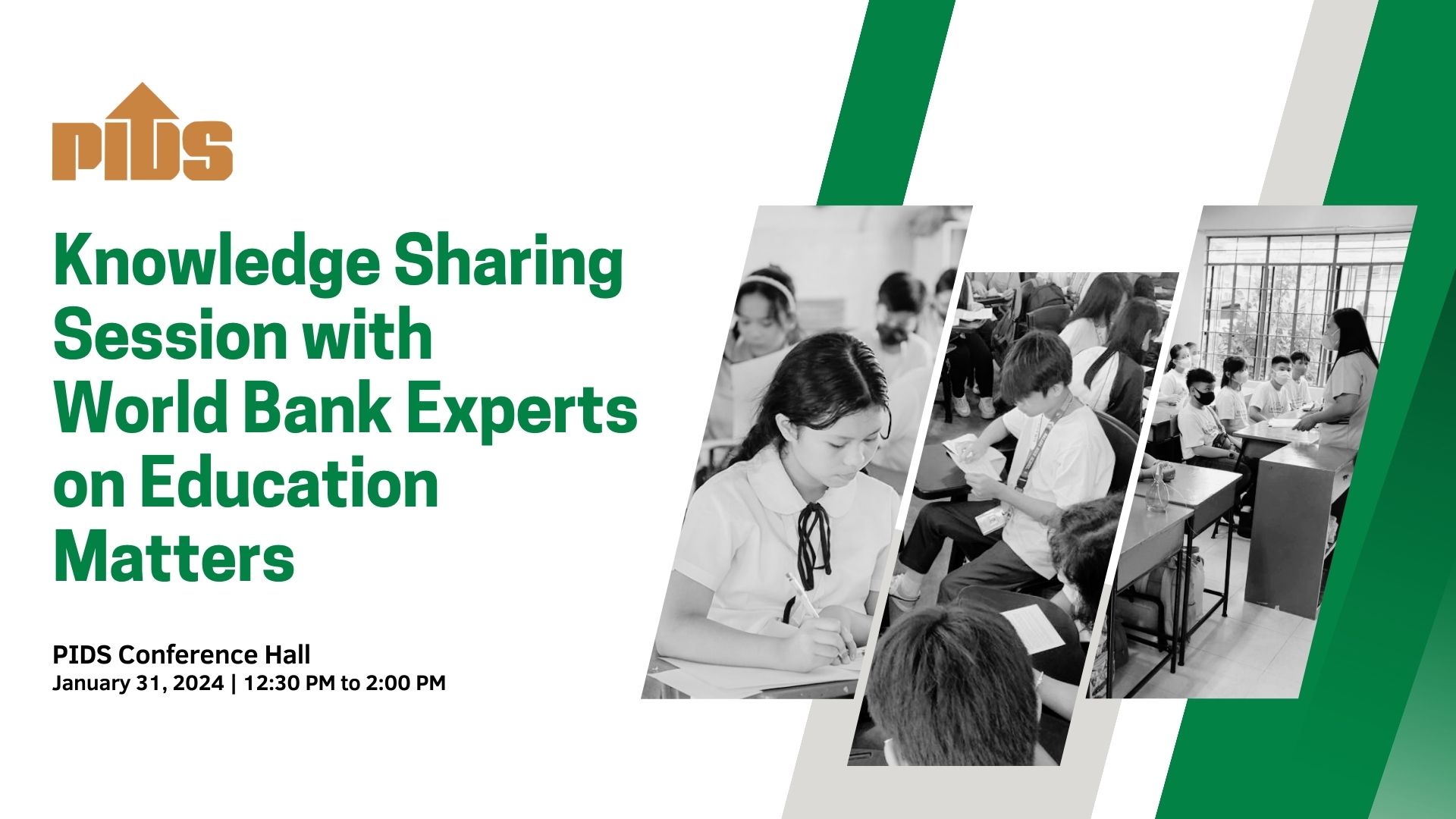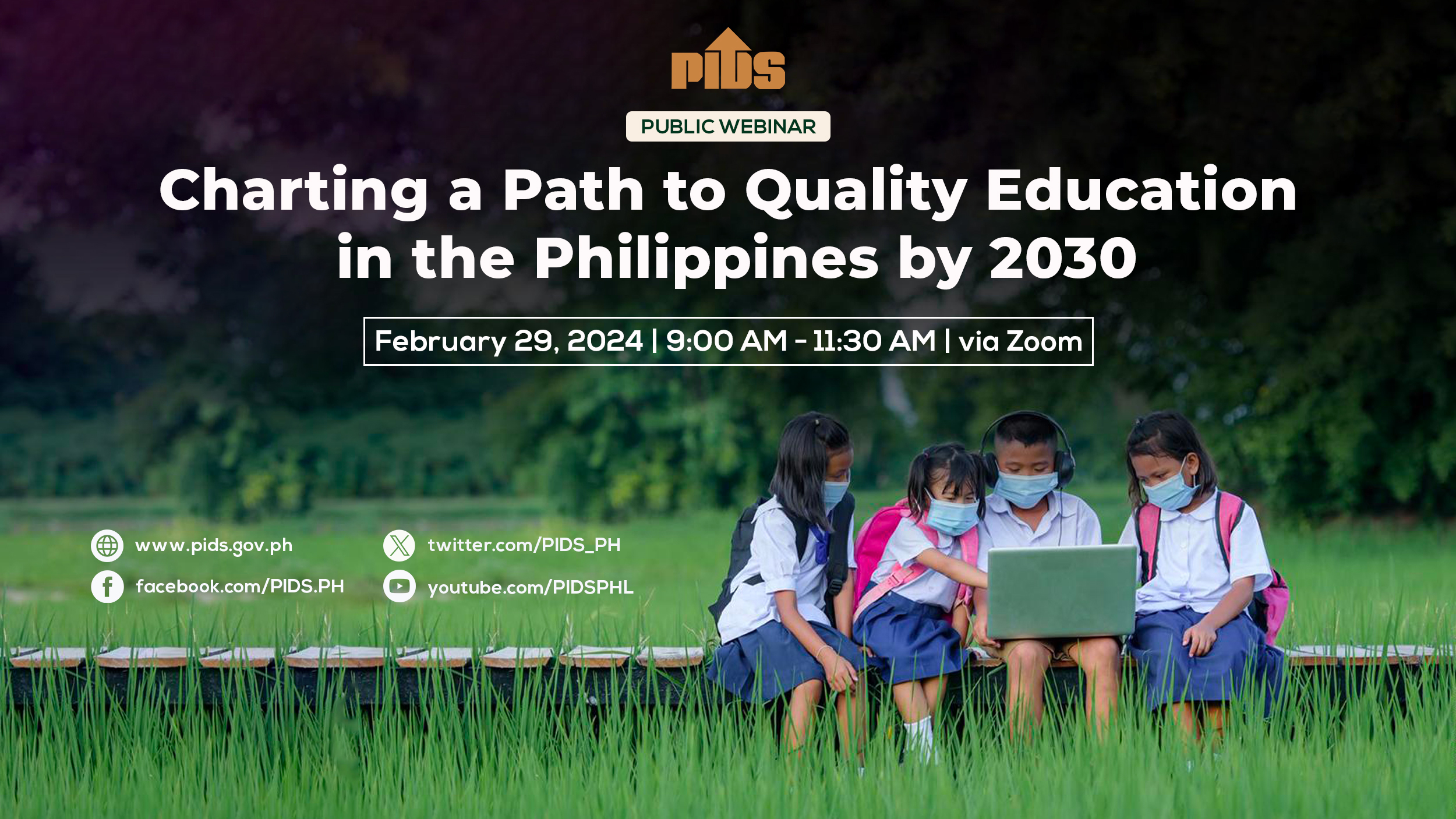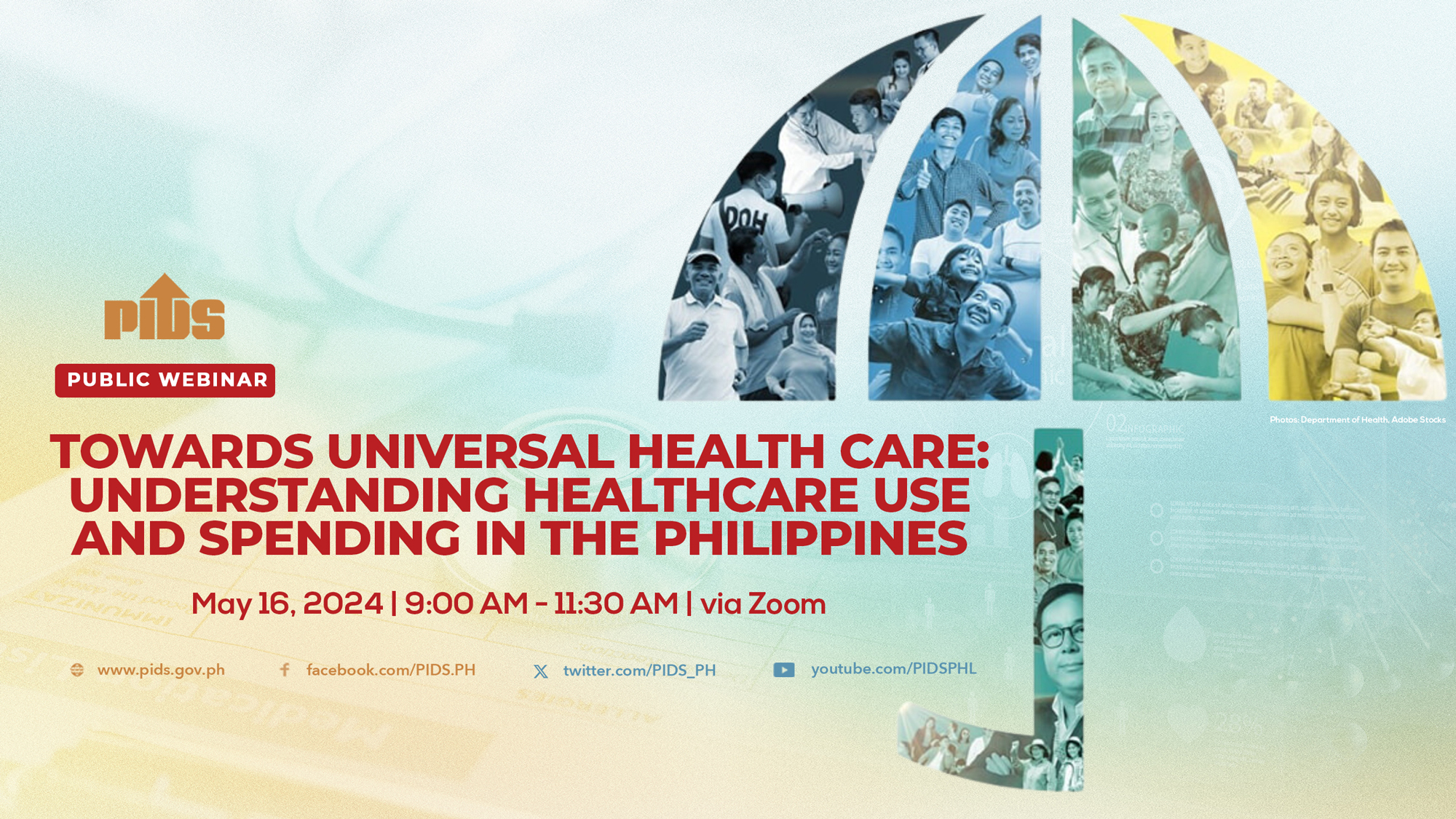Given of limited resources and for practical purposes, the Philippine government is inclined to focus on just three out of 17 sustainable development goals (SDGs) set by nations around the world, a top economic official said.
Socioeconomic Planning Secretary Arsenio Balisacan said in a press briefing on Friday that the Philippines will be focusing only on three main goals: meeting poverty reduction, improved universal healthcare, and sustainable education.
These are among the 17 sustainable development goals set globally, in a plan that succeeded the 2000-2015 Millennium Development Goals.
"We have to identify specific indicators that are applicable to us… in all of these 17 goals, including the 169 targets with 200 to 600 indicators,” Balisacan explained.
"For the challenging areas, we need to sustain the effort,” he said. "We should see a connection in the present, and now we’re moving away from the poverty reduction, generation of decent jobs, universal healthcare, and basic education.”
Balisacan, who is also the National Economic and Development Authority (NEDA) director general, stressed that a country or state is not required "to equally undertake all these data collection and reporting,” and therefore, has freedom to choose what goal is applicable to its country.
"For our case, because of limited resources and different levels of importance and intensities of problem, we just have to select the ones that are so crucial to our development efforts,” Balisacan said. "The goal we have is to develop specific targets and indicators associated with (the challenges we are facing), many of these are also our concerns in the MDGs.”
In the former 2000-2015 MDGs, data from the Philippine Statistics Authority (PSA) website show that the Philippines has had positive performance in five goals out of the eight goals under the MDG, while one was neutral and two goals were not met.
The two goals in which the Philippines has lagged are the maternal mortality (health) and education, which received "relatively low funding” compared to how fast the population is growing, Balisacan said.
He said this is the reason the Philippines is now focusing on healthcare and education, as well as poverty reduction.
The SDGs are the new global development agenda, replacing MDGs that ended in 2015.
The goals are a share vision of "how we wanted to see the world to be in 2030, in terms of economic, social, environmental, and governance conditions,” according to Jose Ramon Albert, research fellow at the Philippine Institute for Development Studies.
The 17 SDGs are: ending poverty; zero hunger; good health and well being; quality education; gender equality; clean water and sanitation; affordable and clean energy; decent work and economic growth; industry, innovation and infrastructure; reduced inequalities; sustainable cities and communities; responsible consumption and production; climate action; conservation of life below waters; conservation of life on land; peace justic and strong institutions; and partnerships for the goals.
The 2000-2015 MDGs, on the other hand, were comprised of: eradicating extreme poverty and hunger; achieve universal primary education; promote gender equality and empower women; reduce child mortality; improve maternal health; combat HIV/AIDS, malaria and other diseases; ensure environment sustainability; and develop a global partnership for development.
To be able to achieve the priority goals, Balisacan said the Philippines is focusing on crafting the "Filipino 2040,” which is an initiative indicating how the Filipinos would want to see themselves by 2040.
The long term initiative is expected to be completed next year, which is a "series of scenarios collected from surveys, with guidelines on how to achieve” these ideal scenarios for the Philippines, Balisacan said.
The NEDA chief said that by 2016, the Filipino 2040 is seen to be used as a guideline by the government to craft its budget appropriations, laws and policy reforms toward 2040.//












